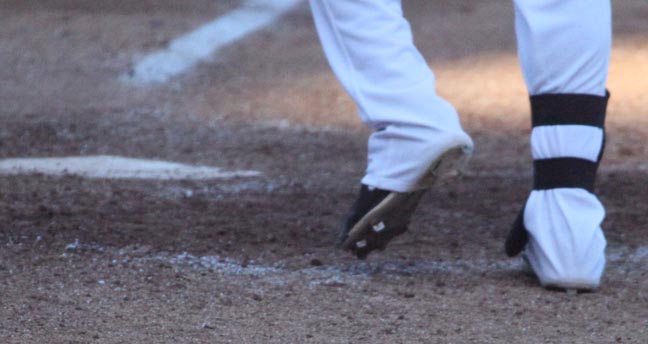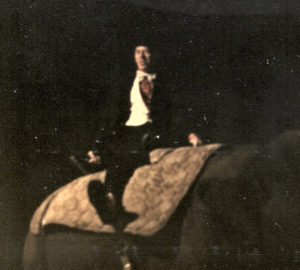 I suspect many people feel awkward when they find themselves stopped a few feet from a — what is the correct term — panhandler? Beggar seems harsh. Let’s go with panhandler. As you coast up the exit ramp you silently hope you make the light or get stuck far enough down the ramp to avoid having to engage with the man/woman. (“Can you help a brother out?”)
I suspect many people feel awkward when they find themselves stopped a few feet from a — what is the correct term — panhandler? Beggar seems harsh. Let’s go with panhandler. As you coast up the exit ramp you silently hope you make the light or get stuck far enough down the ramp to avoid having to engage with the man/woman. (“Can you help a brother out?”)
In my experience, most panhandlers let their handmade cardboard sign communicate their message/plea. In cities, however, I gather they can be more aggressive. Is this encounter as awkward for the “asker” as the “askee?”
I frequently make a donation, not always. But when I find myself stopped a few feet away, I usually smile and make a little chit-chat, even when I don’t give money. And while I’m sure they’d rather have a fiver, most smile back and seem to appreciate the interaction (my imagination? phony?).
It would be easy to become invisible to the hundreds of drivers that pass each day. Perhaps you’d rather hear “Get a job!” than endure that strained silence.








